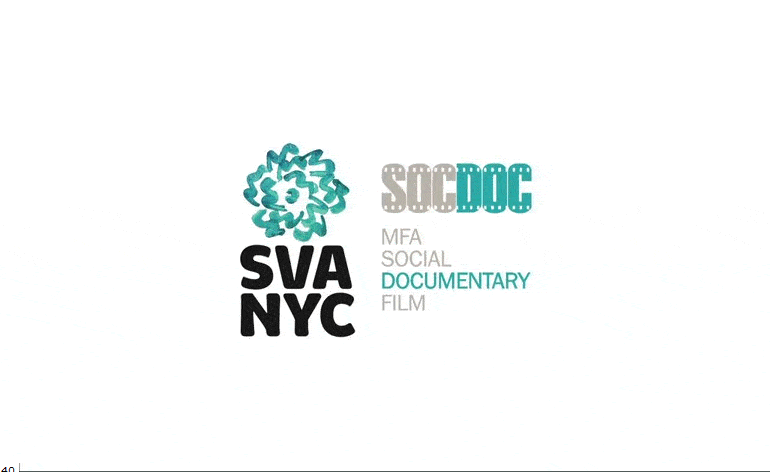Reference: StudentFilmmakers Magazine, 2015. February 2008. Get Your Own SFX Library Up and Recording: A Quick Start Guide by Bryant Falk. Pages 45.
As you progress into creating more and more video or film projects, the need for original sound effects and sound design becomes a priority. Below is a quick start guide in getting your own sound effects library up and recording.
Create a Custom SFX Library Most sound effects tend to be more interesting with at least one organic component, (something you’ve recorded in real life). Build your sound effects library with both a specific and general approach.
Specific being car doors, telephone rings, and splashing water, etc. General sounds would be the whirring of an old escalator, the buzz of an old neon sign, and the scraping of different objects on each other, (metal on wood, hair brush on brick, etc.).
You can always add artificial enhancements, (synthesizers, etc.) once your core organics are in place.
How Many Effects Are Enough?
There are never enough! Think of your library in terms of a frequency spectrum. As with an orchestra – do you have any flute sounds? Have you represented the tuba section? A sound effects equivalent would be from the squeak of car breaks to the rumble of a tandem semi-truck going by.
Each frequency range should have at least 10 to 20 SFX options.
What to Record With There are many options. A DAT machine such as a Tascam DAP1 with a stereo and a mono shotgun mic would be my setup of choice. Nowadays many portable flash media recording systems are becoming
available. Try to find a setup that adds the least amount of noise into what you’re recording. Some iPod attachments can be very effective where others can have too much self noise that it imparts onto the signal. Consider a boom pole to get the microphone closer to sound source.
Storing SFX
Create a master SFX folder with subfolders inside. I have my folders broken out into physical items: Telephones, Cars, Kids, etc. Format of choice for Mac users is 16 bit, 48khz, Aiff files. MP3’s can work and eat up a lot less hard drive space. Try to encode at the highest settings possible, (320kb).
I hope some of these tips help get your sound effects library up and going!
Bryant Falk has been a producer and engineer for over 12 years working with such clients as The Ricki Lake Show, Coca-Cola, Sports Illustrated, Valley National Bank, and MTV’s The Shop. His company Abacus Audio (www.abacusaudio.com) handles many aspects of the audio production field from creative and production to mixing and final output.





